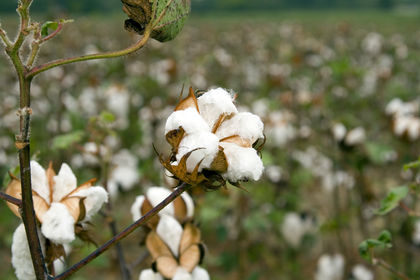Agricultural Exports
For many reasons export the goods with Containers is very expensive especially in Agricultural products because of the weight and size of the products.
The main exports of Sudan are Agricultural products and with in RO-RO CARGO/GENERAL CARGO vessel's by tons or full vessel We guarantee you the lowest price for promoting activities in presently market trends.
Agriculture
About one-third of the total area of Africa's largest country is suitable for agricultural development. Abundant rainfall in the south permits both agriculture and grazing grounds for the large herds owned by nomadic tribes. In the north, along the banks of the Nile and other rivers, irrigation farming prevails. Of an estimated 16.9 million hectares (41.8 million acres) of arable landing 1998, about 1.9 million hectares (4.7 million acres) were irrigated. Principal cash crops are cotton, sesame, peanuts, sugarcane, dates, citrus fruits, mangoes, coffee, and tobacco; the principal subsistence crops are sorghum, millet, wheat, beans, cowpeas, pulses, corn, and barley. Cotton is the principal export crop and an integral part of the country's economy. In 2001, agricultural products accounted for 21.9% of imports and 19.2% of exports; there was an agricultural trade deficit of $24.5 million.
Government regional development schemes have played a decisive part in the economy since the 1920s. The Gezirah Scheme, located between the Blue and White Niles near their confluence at Khartoum, is the world's largest under a single management and provides a substantial portion of foreign exchange and government revenue. This storage irrigation project, which covers 840,000 hectares (more than two million acres) but has an additional potential of two million hectares (5 million acres), dates back to 1911 and was put into operation by a British firm. After the expiration of the firm's contract with the Sudanese government in 1950, the land was leased to tenant farmers, who numbered over 100,000 in 1987. They manage the scheme jointly with the government through the Gezirah Board. In July 1980, construction began on the 354-km (220-mi) Jonglei Canal, intended to drain the Sudd swamp and channel water from the White Nile to the arid northern Sudan and to Egypt. Built by a French consortium at a projected cost of $260 million and scheduled for completion in 1985, the canal could irrigate up to 243,000 ha (600,000 acres) of Sudanese land. By 1984, however, the project had been halted by SPLA opposition, with less than 100 km (62 mi) to be excavated. In 1992, the public and private agricultural sectors invested heavily in land preparations, pesticides, and related inputs. Agricultural funding for such projects comes from the World Bank, the African Development Bank, and the International Fund for Agricultural Development. However, completion of these projects has been complicated by debt-repayment problems. In spite of efforts to improve Sudan's agricultural resources, famine conditions have existed in southern Sudan since 1986. Inadequate rains, a poor distribution infrastructure, and civil war have hampered relief efforts.
Among agricultural products in 1999 were sorghum, 3,045,000 tons; peanuts, 980,000 tons; sesame, 220,000 tons, (the third highest in the world after India and China); and wheat, 168,000 tons. Cotton fiber production in 1999 was 172,000 tons. Production in 1999 also included sugarcane, 5,950,000 tons; millet, 1,499,000 tons; cottonseed, 131,000 tons; tomatoes, 240,000 tons; dates, 176,000 tons; yams, 136,000 tons; and corn, 65,000 tons.

ANIMAL FEED SHIPMENT
We understand existing situation of Animal Feed Industry in Sudan and transport from Production sites become Very expensive. With our contractors RO-RO CARGO/ and GENERAL CARGO Vessel's We guarantee you the lowest price for your goods.


